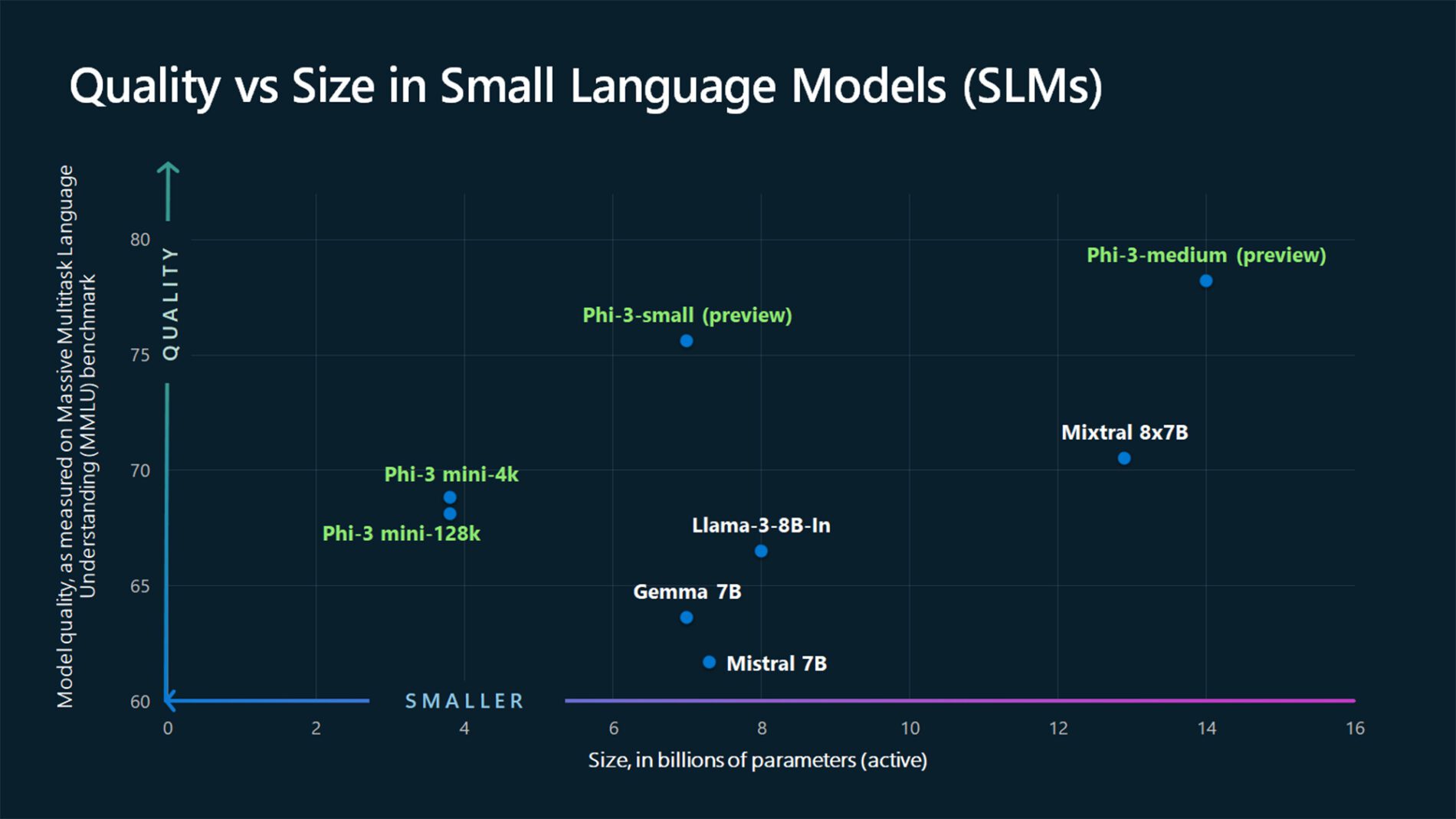What Are Small Language Models (SLMs)?
Language models are AI computational models that generate natural human language. These models are trained as probabilistic machine learning models, predicting a probability distribution of words suitable for generation in a phrase sequence, attempting to emulate human intelligence. The focus of language models in the scientific domain has been twofold:
- To understand the essence of intelligence.
- To embody that essence in the form of meaningful intelligent communications with real humans.
In terms of exhibiting human intelligence, today’s leading AI models in Natural Language Processing (NLP) have not quite passed the Turing Test, which assesses if a machine’s responses are indistinguishable from a human’s. However, with the development of Large Language Models (LLMs) and Small Language Models (SLMs), we are getting closer to this milestone.
Small Language Models vs. Large Language Models
Large Language Models (LLMs)
LLMs, like ChatGPT, are designed to perform relatively complex interactions in the form of speech communication. They serve as intelligent machine interfaces to the vast knowledge available on the internet. LLMs distill relevant information and provide concise and consumable knowledge to users, an alternative to traditional search methods.
Recent iterations, including ChatGPT, have been trained and engineered on programming scripts, allowing developers to use these models for writing complete program functions by specifying requirements via text prompts.
Small Language Models (SLMs)
SLMs, on the other hand, are trained on data from specific domains. They may lack holistic contextual information but excel in their chosen domains. While LLMs aim to emulate human intelligence on a wider scale, SLMs focus on domain-specific tasks. This makes SLMs more suitable for specialized applications.
Key Differences Between LLMs & SLMs
Size and Model Complexity
- LLMs: LLMs like ChatGPT (GPT-4) contain around 1.76 trillion parameters.
- SLMs: SLMs like Mistral 7B contain 7 billion parameters, significantly smaller but still powerful.
Contextual Understanding and Domain Specificity

“What we’re going to start to see is not a shift from large to small, but a shift from a singular category of models to a portfolio of models where customers get the ability to make a decision on what is the best model for their scenario.”
Sonali Yadav, Principal Product Manager, Microsoft.
- LLMs: Trained on large datasets from diverse domains, making them versatile and capable of handling a wide range of tasks.
- SLMs: Trained on smaller, domain-specific datasets, excelling in specialized tasks but limited in broader contextual understanding.
Resource Consumption
- LLMs: Require significant GPU compute resources in the cloud for training and running.
- SLMs: Can be trained and run on local machines with decent GPUs, making them more accessible and less resource-intensive.
Bias
- LLMs: More prone to bias due to training on vast amounts of raw internet data.
- SLMs: Lower risk of bias as they train on smaller, more controlled datasets.
Inference Speed
- LLMs: Require multiple parallel processing units, potentially slowing down with many concurrent users.
- SLMs: Faster inference speeds on local machines due to smaller model sizes.
How SLMs Could Be Better Suited to Solve Problems
Function-Specific Use Cases
In specialized fields like medical, legal, and financial domains, SLMs can serve as intelligent agents by leveraging domain-specific knowledge. Training an SLM in-house for these fields can yield highly specialized and accurate results.
Resource Efficiency
SLMs are more efficient to train and run, making them accessible for organizations with limited resources. This efficiency also allows SLMs to be deployed on edge devices, enabling AI applications in remote or resource-constrained environments.
Bias Mitigation
With controlled and specific training datasets, SLMs inherently reduce the risk of bias compared to LLMs, which train on vast, uncurated internet data.
Latency and Privacy
SLMs, capable of running offline on edge devices, offer low-latency responses and enhanced privacy. This is particularly beneficial for applications in rural areas or sectors requiring high data security.
Example Applications of SLMs
- Medical Diagnosis Assistance: An SLM trained on medical texts can assist doctors in diagnosing diseases by providing quick references and recommendations based on symptoms.
- Legal Document Analysis: A legal-specific SLM can help lawyers by summarizing lengthy legal documents and highlighting pertinent information.
- Financial Advisory: SLMs in the financial sector can analyze market trends and provide investment advice tailored to specific financial data.
While LLMs like ChatGPT remain powerful tools for a broad range of applications, SLMs offer a targeted, resource-efficient alternative for specialized tasks. Their ability to run on local devices, reduce bias, and provide quick, domain-specific insights makes them a valuable asset in various industries. As AI technology continues to evolve, the strategic use of both LLMs and SLMs will enable more effective and efficient solutions across different sectors.


